The Impact of Cold Water Immersion on Power Production in the Vertical Jump and the Benefits of a Dynamic Exercise Warm-up
Document Type
Article - Merrimack Access Only
Publication Title
Journal of Strength and Conditioning Research
Publication Date
12-2010
Abstract/ Summary
The purpose of this study was to examine the influence of a cold treatment and a dynamic warm-up on lower body power in the form of a countermovement vertical jump (CMVJ). Nine physically active men, who were either current or ex-National Collegiate Athletic Association (NCAA) Division 1 athletes, consented to participate in the study. Using a balanced, randomized presentation and a within-subject design, each subject performed 4 environmental and warm-up protocols (i.e., ambient temperature without warm-up, ambient temperature with warm-up, cold without warm-up, or cold with warm-up). Two sets of 3 maximal effort CMVJs were performed on a force plate at each testing time point. For each protocol, the subjects completed a pretest set of CMVJ (pretreatment [PRE]), were then exposed to 1 of the 2 temperature treatments, completed another set of CMVJ (initial [IT]), then either went through a 15-minute warm-up, or were asked to sit in place. Then a final set of CMVJs was completed (posttreatment [PT]). The primary finding in this study was that warm-up was effective in offsetting the negative effects of cold exposure on CMVJ power. There was a significant main effect for Time (PRE > PT > IT), and there was a significant (p ≤ 0.05) main effect for Trial (AMB = AMBWU > COLDWU > COLD). Because athletic competitions happen in various colder climates, it is important to make sure that a proper warm-up be completed to maximize the athlete's power output. The results of this study demonstrate that when athletes are exposed to cold conditions, it is recommended that before practice or play, a dynamic warm-up be employed to optimize performance.

